
Glutes, backside, booty, butt—the list of names is long because it’s such an important muscle group. As the body’s powerhouse, the glutes are the focus of athletes and fitness buffs around the world. In this guide, exercisers will learn how to properly perform moves that will activate, strengthen, and tone the biggest muscle in the body.
Squats
They’re the grandfather of all glute moves for a reason: significant development of the derriere. For a bit of variety, do the move with or without weights by carrying a barbell across the back or grabbing a set of dumbbells. Start with the feet turned out and a bit wider than shoulder width. Inhale for core support and push the butt back while bending at the knees and hips. With chest elevated, stop when your thighs and the floor are parallel. As you push up through the heels, your glutes will activate, and you’ll get the most benefit out of the move.
Frontal Squats
Similar to air squats, front squats should be done with a barbell in front or dumbbells in both hands. Begin with your feet slightly wider than hip width. With a tight core and all your weight in your heels, lower your body slowly, pushing the glutes down and back. Depending on your level of mobility, you can go until your thighs are parallel or slightly below. Holding your feet firmly to the ground and squeezing the glutes, push your knees out and your elbows up as you stand.
Lunges
This is a great glute move simply because of the number of variations. However, it’s best to start with a basic lunge and branch out as you gain strength. To make the move more difficult, do it with a barbell in back or when holding a set of dumbbells. Start with your feet directly under your shoulders. Step one leg forward and bend your knees so the back knee is almost to the floor and your front shin is at a 90-degree angle. Keep your front knee over the ankle, and never allow it to drift out over your foot. Try doing alternating lunges in place, doing walking lunges, or doing side lunges as your strength grows.

Side Squats With Resistance Bands
To give your basic squat a twist, use a resistance band around the thighs. Wrap the band around the area just above your knees, keeping your feet spaced at shoulder width. Squat about a quarter of the way down, pushing your glutes back to engage them. Then, step to one side, holding the partial squat. Rise up, keeping your weight in your heels, and repeat the move on the other side.
Back and Front Walks With Bands
Another band-centric movement that builds hip and glute strength is the banded front/back walk. Put a band slightly above your knees and keep your feet shoulder width apart. To make the move more challenging, consider adding a band around the ankles. Squat down about a quarter of the way, into an athletic stance, and step forward with your feet straight. Keep your feet parallel and walk forward for several steps before repeating the move by walking backward.
Clamshells With Resistance Bands
This is one of the most effective glute-strengthening moves, whether you use it during your strength training routine or as part of your warmup. Start the exercise by wrapping a band around the area just above your knees. Lie on either side with knees stacked and a hand on your hip. Leave the bottom leg on the floor with your knee at 90 degrees and rotate the top knee open while leaving the top foot stacked on the bottom foot. In a controlled manner, continue to open and close your knees to complete the move. This exercise is so effective that it doesn’t take many reps to feel the burn!
Hamstring Curls on a Stability Ball
This challenging exercise not only works your glutes, but the whole posterior chain (the area between your hips and ankles). Lie on your back with your ankles atop a stability ball. Push your butt upward but leave your hands and arms on the floor. In a controlled motion, roll both feet toward your backside and return to the starting position while keeping your hips held high.
The Bridge Pose
This is yet another strong glute move with a ton of variations. To start, lie on your back. With feet firmly on the floor and knees bent, squeeze your glutes as you force all your weight through the heels. Raise both hips upward, hold for a second, and lower back to the starting position. Once you become more advanced, try putting a barbell or weight plate across the hip area. Hold the weight tightly and do the move as described above.
One-Legged Bridges
If you really want to isolate the glute muscles, one-legged bridges are a wonderful place to begin. Do the move by lying on your back, one foot firmly on the floor with a bent knee. Your free leg should be extended at a 45-degree angle with thighs parallel. Squeeze your glutes and thrust your hips upward, hold for a second, and return to the starting position.
Deadlifts
A good deadlift is the foundation of any solid strength training program. You can do deadlifts with an alternating grip or a regular grip, whichever is more comfortable. Start with the barbell on the ground. Bend down, hinging your hips and pushing your knees back to keep your weight centered over the bar. With your chest held high and your core firm, keep the barbell as close as you can while bringing yourself up to a standing position. Now, extend the hips and squeeze your glute muscles to complete the move. If you don’t have a barbell or dumbbells, wrap a resistance band around each foot and hold the other ends.
The Reverse Hyperextension
This exercise is popular among sprinters and elite athletes because it builds glute and posterior chain strength without causing lower body injuries. To do the move, you can use a hyperextension machine or a raised bench. Make sure your feet are hanging above the floor, your legs are perpendicular, and your hip crease is at the end of the bench or machine. Contract your glutes and raise both legs as high as possible, extending the hips so your legs are almost straight. Return to the starting position and repeat as many times as desired. To make the move more difficult, hold a medicine ball between your feet or add weight to the hyperextension machine.
Step-Ups
To make this move harder, do it with a barbell across your back or a dumbbell in each hand for additional resistance. Using a raised platform or stable bench, put one foot up so the knee is at 90 degrees. To activate your glutes, step up with the other foot and drive the knee upward. Step down and repeat the move on the opposite leg.
Single-Arm Dumbbell Swings
Hold a dumbbell overhand in front of your body at arm’s length (you can use one or both hands). Bend at the knees and hips, lowering your torso until it’s at a 45-degree angle to the gym floor. Swing the dumbbell backward between your legs, and, with arms straight, thrust the hips forward, straighten the knees, and swing the weight up to about chest level as you stand. Repeat as many times as desired to complete the set.
Floor Jacks
These prone jumping jacks are a great way to activate your glutes. However, you should be sure to keep your knees straight, feet off the floor, and glutes contracted. Lie face down on the mat, extending your legs and arms into an X position. From here, move your arms and legs as you would when doing jumping jacks. As the legs separate, you’ll emphasize the side and upper glute fibers, and as they come together, you’ll activate the whole glute muscle. If the move strains your lower back, just do the leg movements until you are strong enough to add the upper body.

Box Jumps
There are many forms of power but jumping is one of the purest as most of the momentum comes from the glute muscles. If you master the box jump, you’ll be at a distinct advantage where power generation is concerned. Start on the ground and jump up onto a box of the desired height, depending on your level of experience. Beginners can reduce the strain on their knees by starting lower and working up to higher boxes. The move starts with your feet at shoulder width and your body crouched into an athletic stance. Drive both arms up as you pop up out of the one-quarter squat and jump onto the platform or box. Once both feet are on the box, stand up and open the hips. To finish the move, jump (in what’s known as a plyometric move) or simply step back down.
What We Think
The glutes are the body’s biggest muscle, and they’re also one of the most crucial. By practicing the moves we’ve listed here, and building on your workouts with Hotsuit’s yoga pants, you’ll shape your glutes even further by raising your body temperature and activating sweat glands in the area. Check out the full collection of premier fitness and lifestyle apparel - and its Hotnanosilver technology - by visiting the website today.

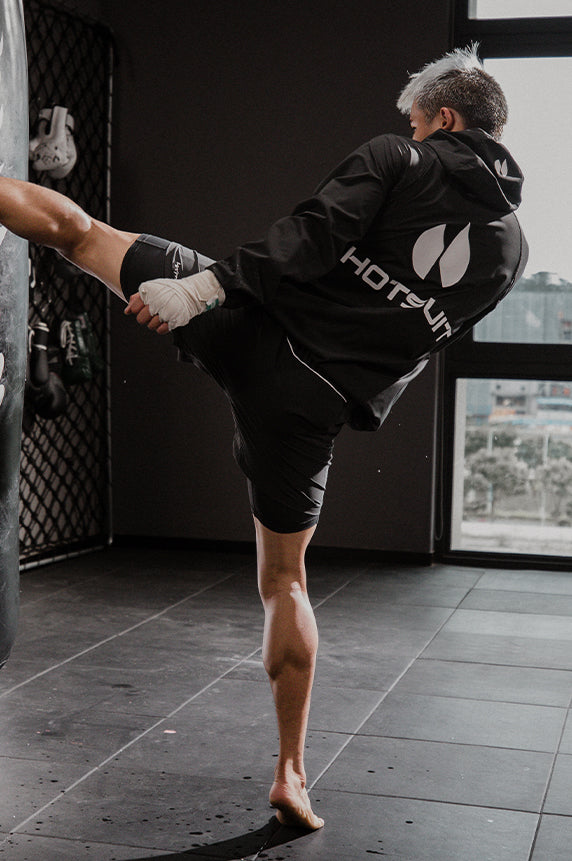
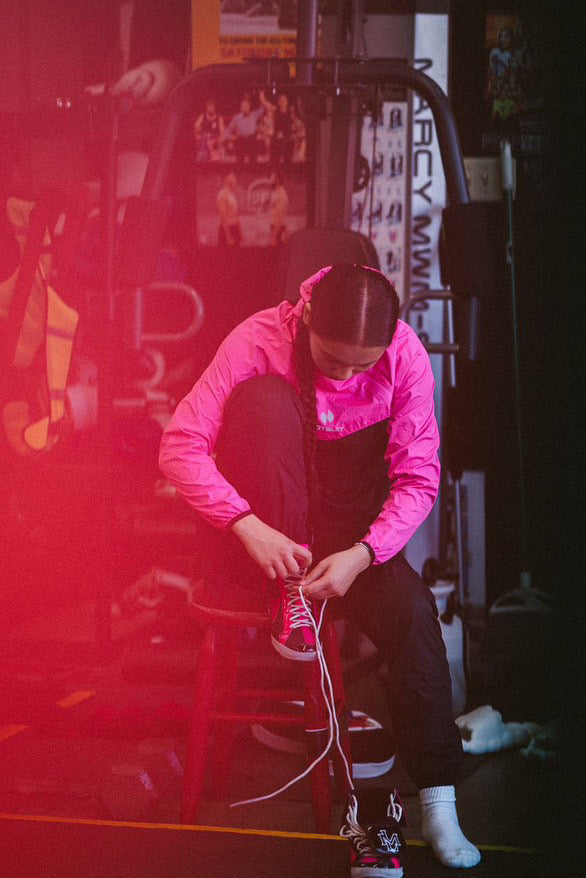
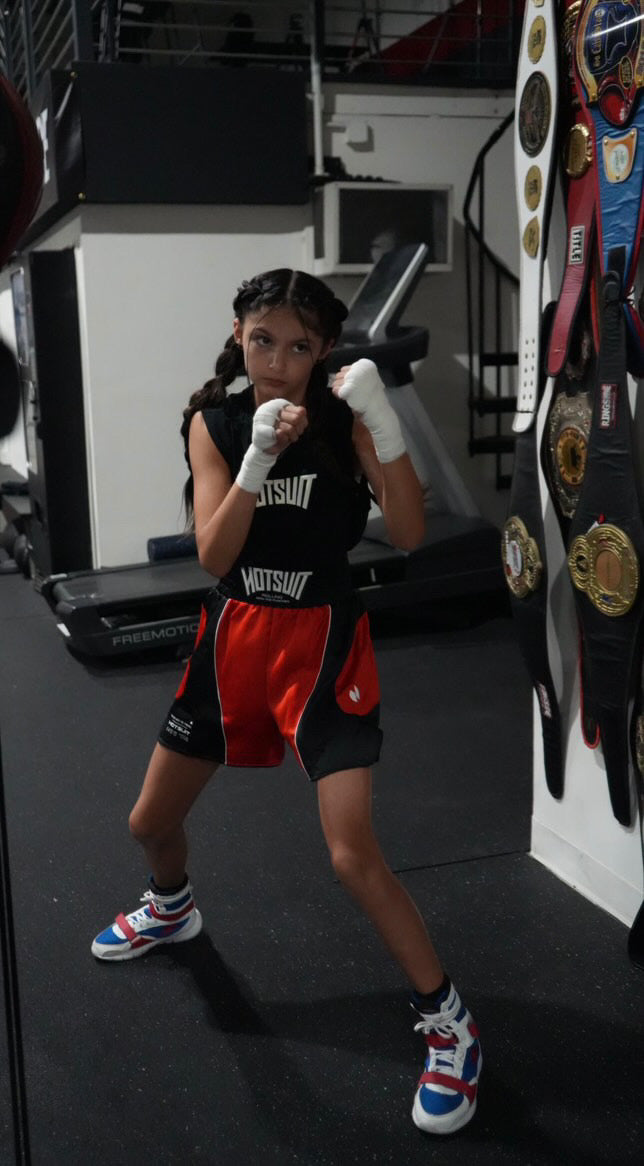
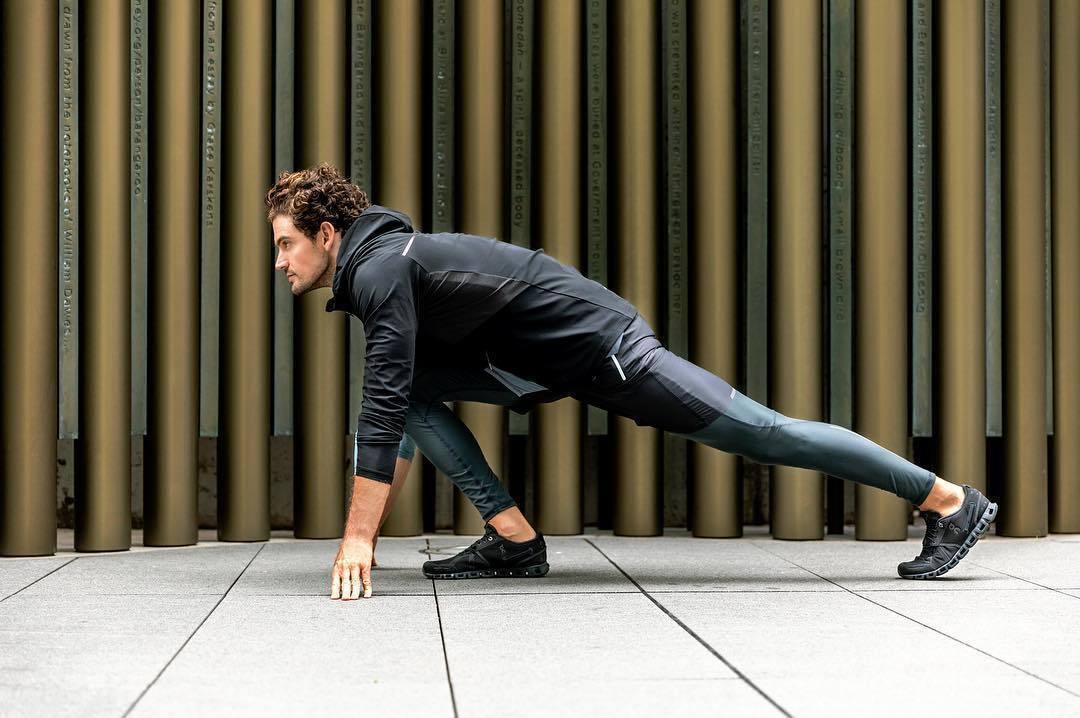
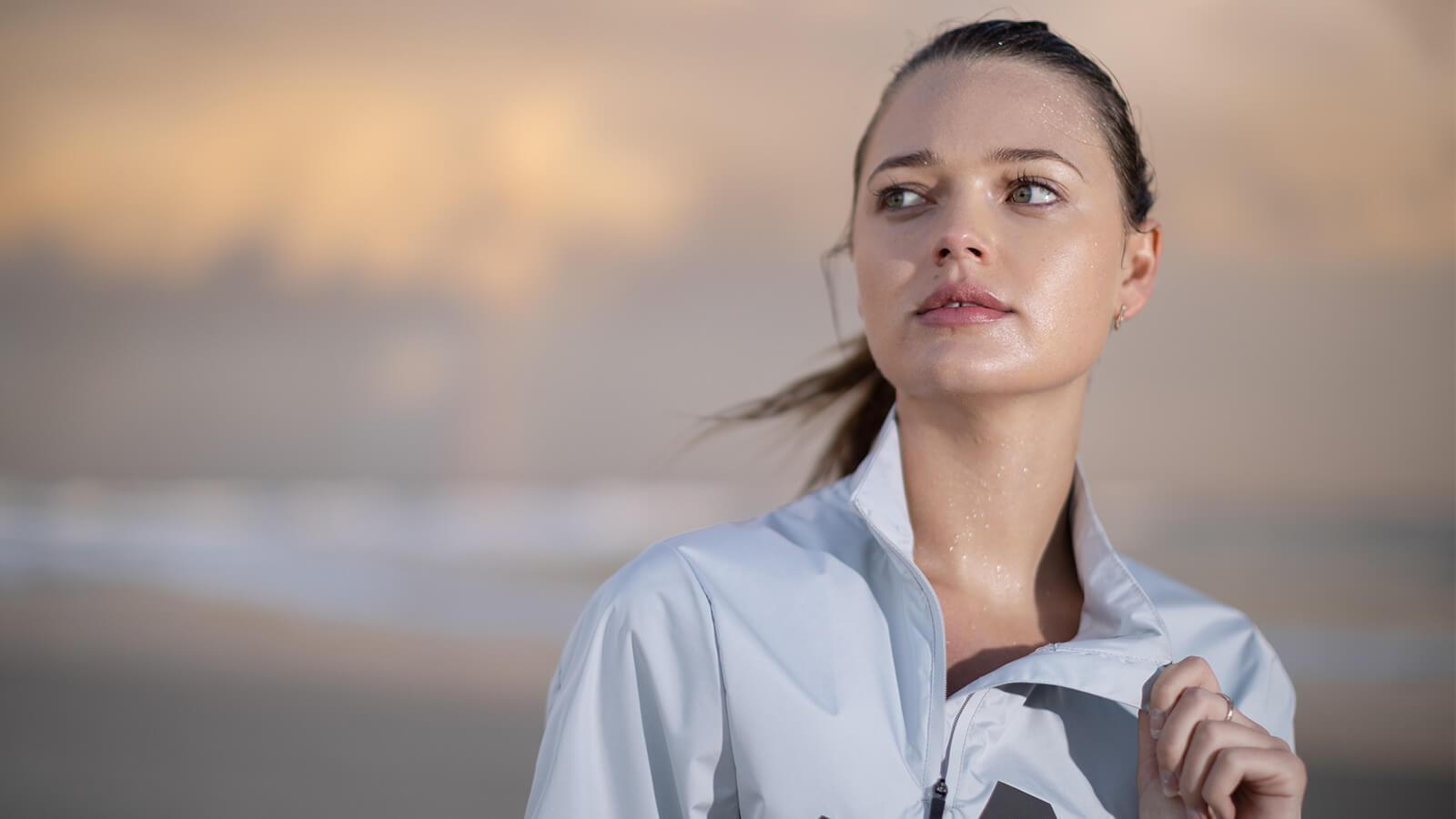
Leave a comment
All comments are moderated before being published.
This site is protected by hCaptcha and the hCaptcha Privacy Policy and Terms of Service apply.